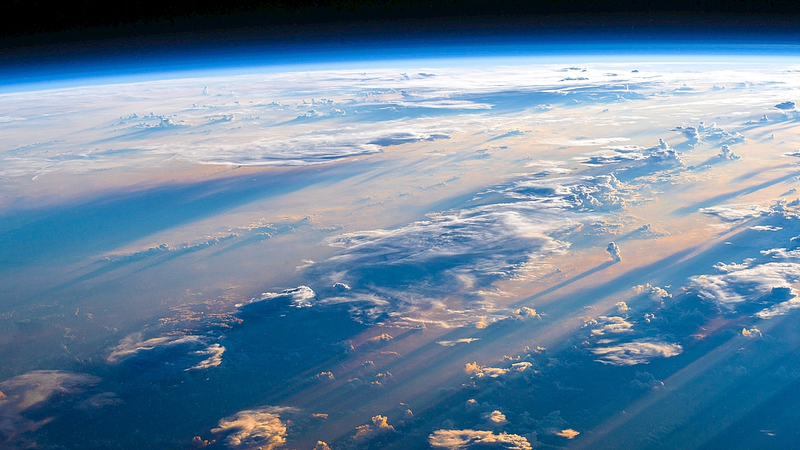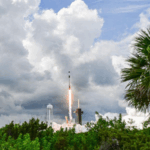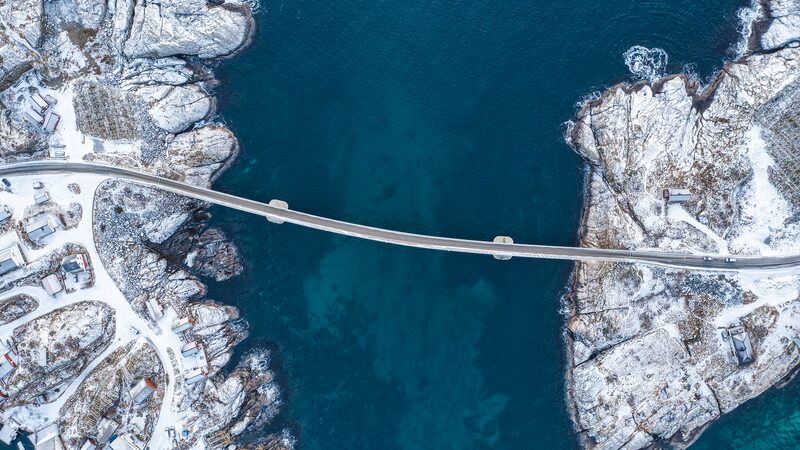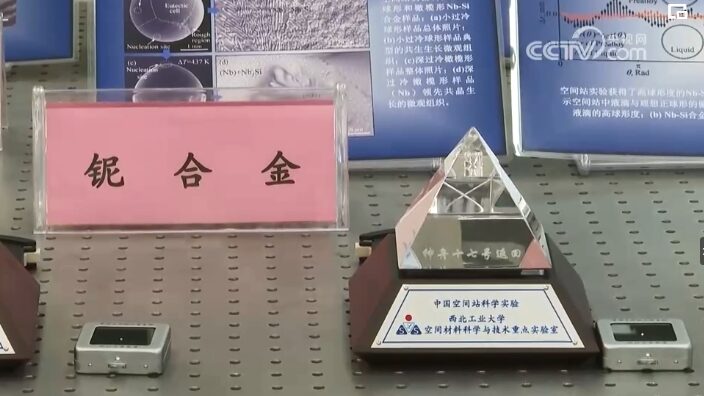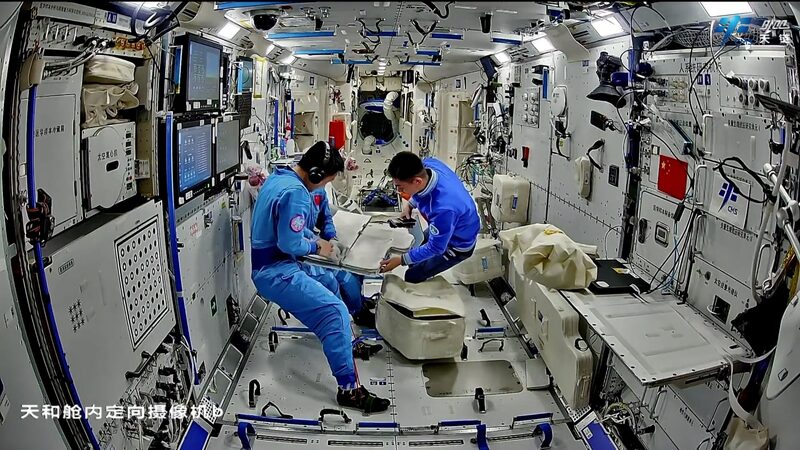When Air Meets Ocean: Tracking Human Footprints in the Southern Hemisphere 🌐
A team of Australian scientists has embarked on a high-stakes voyage to the Southern Ocean—a region with Earth’s cleanest air—to decode how human activities like wildfires and carbon emissions are altering our planet’s atmosphere. Departing from Tasmania on April 29 aboard the CSIRO’s Investigator research vessel, the crew will spend three weeks collecting data 1,500 kilometers offshore, pairing it with insights from the iconic Kennaook/Cape Grim Station. 🧪✨
"Think of this as a science thriller," says CSIRO researcher Ruhi Humphries. "The Southern Ocean acts like Earth’s vacuum cleaner, absorbing CO2 and heat. But when humans pollute even this remote zone, it disrupts global weather patterns." Using cutting-edge tools, the team will measure aerosols, solar radiation, and trace gases—critical clues for predicting Southern Hemisphere climate trends often overlooked in Northern-centric models. 🌪️
University of Melbourne’s Robyn Schofield added: "This isn’t just about lab coats and charts. Better data means better forecasts for farmers, policymakers, and communities." The mission ties into the World Meteorological Organization’s Global Atmosphere Watch, making its findings a potential game-changer for climate action. 🌿
Reference(s):
Scientists launch voyage to study human impact on cleanest air
cgtn.com
